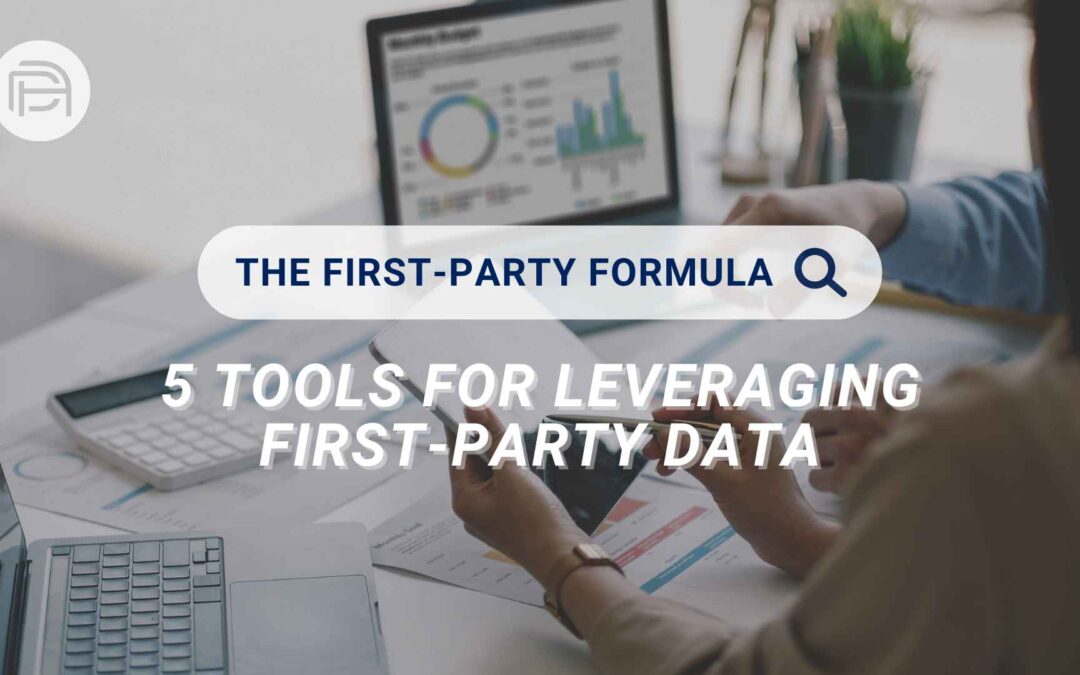Though Google is not slated for the dissolution of third-party cookies until the end of 2024, it has not wasted time in launching initiatives and betas that will further support advertisers as they look to leverage first-party data in their core Paid Search strategies. Google announced numerous changes including the discontinuation of Similar Audiences, the introduction of new campaign goals, and the vital implementation of data-driven attribution (along with GA4). All of these aspects are key ingredients in the first-party formula. In other words, advertisers need to begin to shift their strategy with first-party data as their primary true north and optimization tool. So, what are the best next steps and what resources are currently available?
Customer Acquisition
Google announced the launch of a new customer acquisition goal for Search campaigns. This new goal allows advertisers to either bid higher for new customers compared to existing ones or to only bid on new customers. Early adopters have seen great success, with over a 70% increase in customers and a 35% increase in revenue. This new goal leverages Smart Bidding and first-party data to optimize campaigns during peak periods.
Audience Expansion
Audience Expansion supports “product and brand consideration” or “brand awareness and reach” goals by looking for incremental conversions that can be acquired by expanding to manually-selected audience segments similar to those that your campaigns are already targeting.
Optimized Targeting
Optimized targeting finds incremental conversions by targeting individuals who are most likely to convert based on conversion data rather than audience data. While manually-selected audiences influence who is targeted, they are simply a starting point. Google may look to target outside of these audiences as well.
Customer Match
The Customer Match feature leverages uploaded lists with customer emails. It then targets these same customers on Google Search, YouTube, and Gmail. The power of Customer Match is the opportunity to create more personalized and relevant ad experiences for customers. It can easily be employed as a remarketing strategy.
Remarketing Lists
Unlike Customer Match lists which need to be uploaded, Remarketing Lists utilize first-party data from site or app visitors. By targeting these visitors, their intent is likely already higher given their previous experience interacting with the brand. It is an easy win.
With constant adjustments to the post-cookie timeline, it can be difficult to ensure that your business is set up for success by the time that third-party data is phased out. Direct Agents’ Paid Search team continues to watch for all innovations and keeps our finger on the pulse. If you’re interested in learning more about Direct Agents’ Search Advertising offerings and how our team can help your brand grow, please reach out to [email protected].
Avery Klondar, Paid Search Analyst, Direct Agents
Sources
Ad Age, Google’s Post-Cookie Test Sparks Warning of More Delays
Search Engine Journal, Google Announces Sunset Of Similar Audiences
Search Engine Land, Performance Max Campaigns Gain New Customer Acquisition Goals
Search Engine Land, How to transition away from Google Ads similar audience segments

